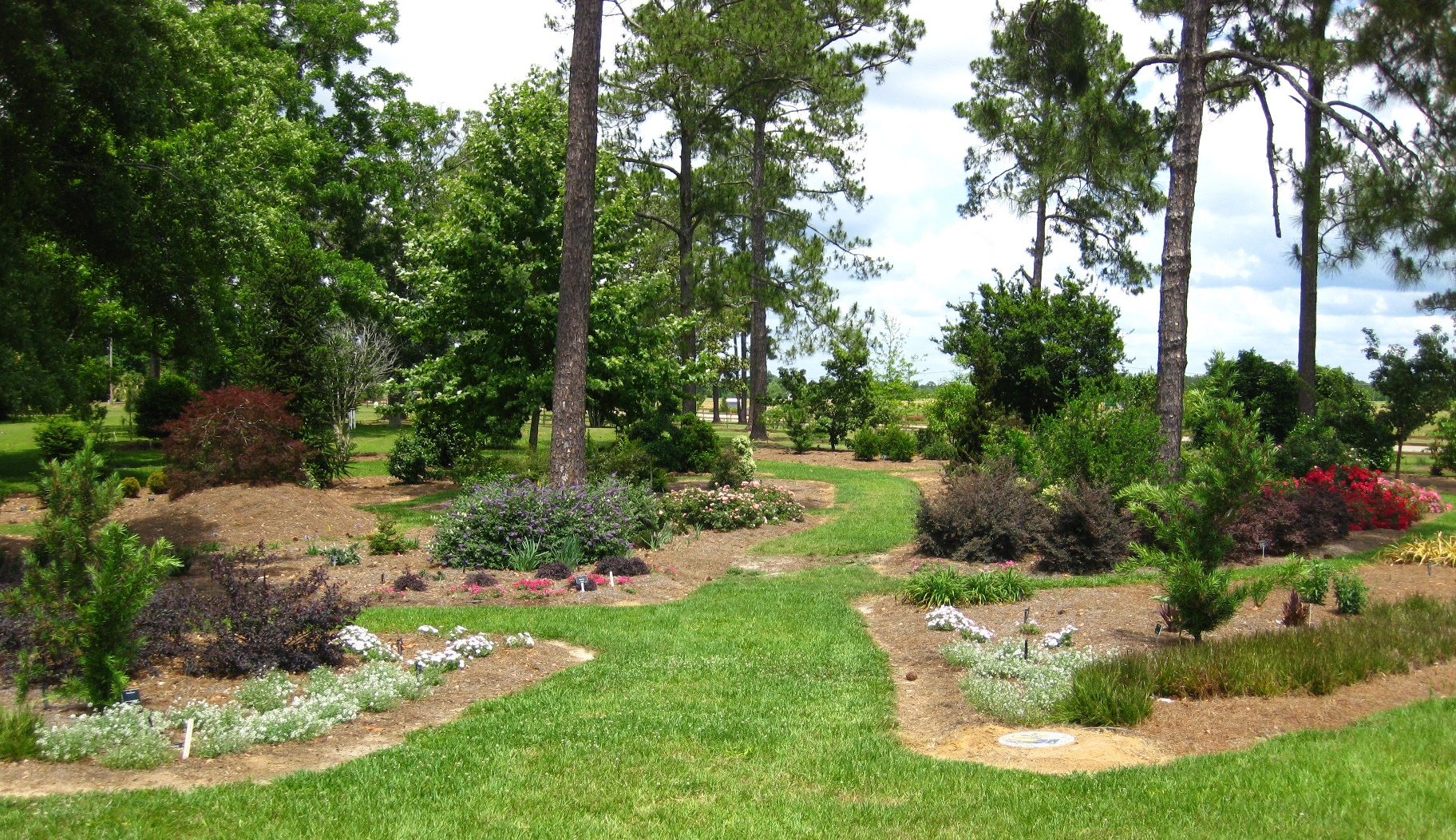
by Gary Knox | Nov 25, 2014

View of the Discovery Garden in Gardens of the Big Bend.
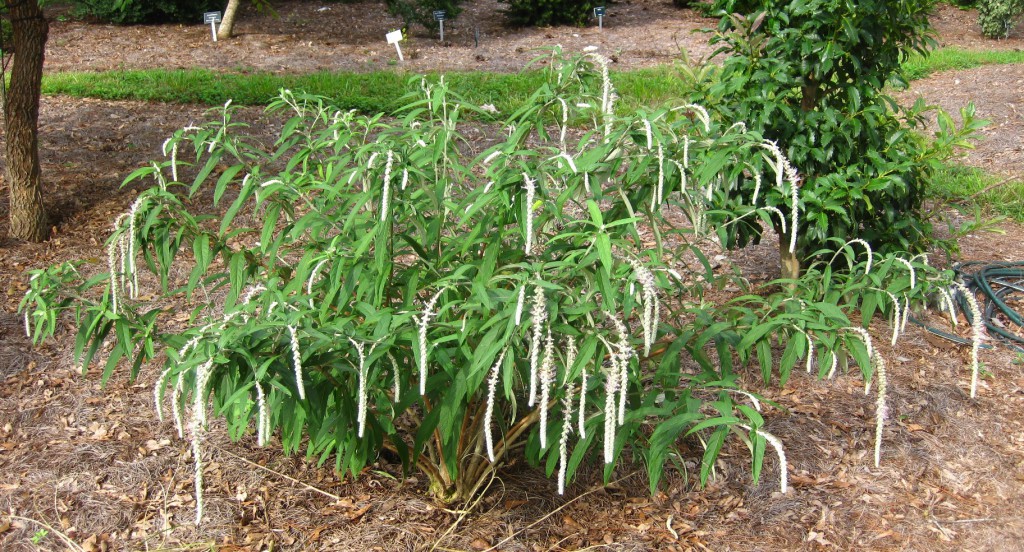
Weeping false butterflybush, Rostrinucula dependens, is a new and unusual perennial being evaluated in Gardens of the Big Bend.
Gardens of the Big Bend is a new botanical and teaching garden located on the grounds of the University of Florida/IFAS North Florida Research and Education Center in Quincy. The goals of these gardens are to evaluate new plants, promote garden plants adapted to the region, demonstrate environmentally sound principles of landscaping and provide a beautiful and educational environment for students, visitors, gardeners and Green Industry professionals.Located just 10 miles south of the Georgia-Florida border in Florida’s “Big Bend,” the Gardens are in USDA Cold Hardiness Zone 8b and have sandy-clay soils more typical of continental conditions than those of peninsular Florida.
Gardens of the Big Bend is a series of gardens, each with a theme or plant focus:
- The Discovery Garden contains over 170 species or cultivars of new, improved or underutilized trees, shrubs and perennials. The garden’s purpose is to help gardeners, landscapers and nursery growers “discover” new plants.
- The Magnolia Garden is part of the National Collection of Magnolia in recognition of its’ more than 200 species and cultivars, including some of the rarest magnolias in the world.
- The Crapemyrtle Garden includes six species and over 100 cultivars.
- Conifers can be found throughout the Gardens but are featured in the new “Jurassic” garden. More than just pines and junipers, the Gardens contain over 50 conifer species and cultivars, many of which are rare. In recognition, the American Conifer Society has designated the Gardens as a “Conifer Reference Garden”, the only one in Florida, and the southernmost in the U.S.
- The Dry Garden is the newest addition and contains about 140 different types of agave, aloe, cactus, dyckia, sedum, yucca, bulbs and other dry-adapted plants. It consists of a south-facing berm of boulders, gravel and sand about 160 feet long, 35 feet wide and 6 feet tall.
- Other gardens feature native, shade, Southern heritage, and weeping plants as well as collections of Japanese hydrangea and shrub roses. Additional gardens will be installed as time and funding permit.
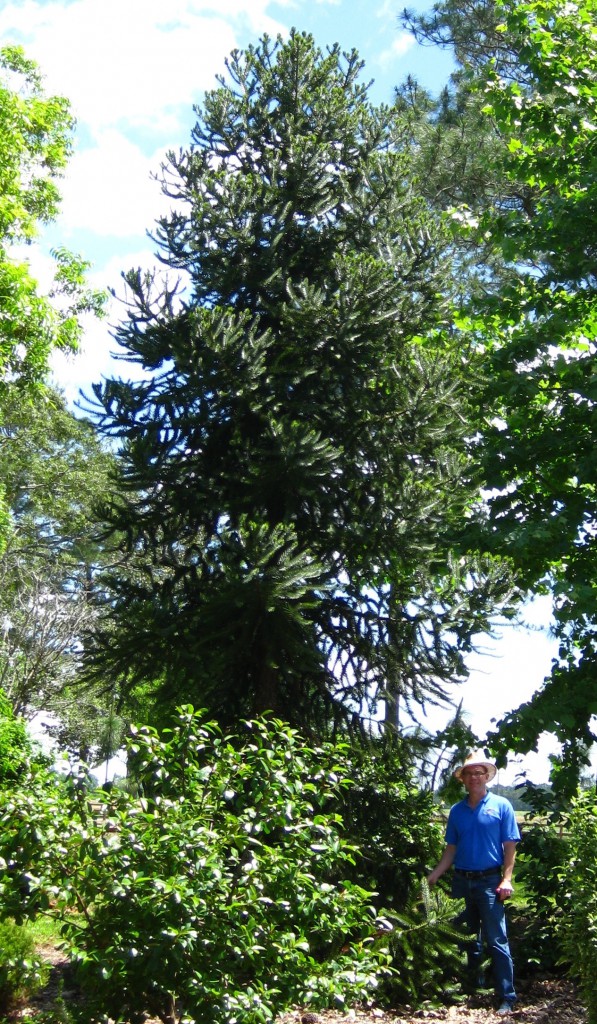
Parana pine, Araucaria angustifolia, is a rare type of conifer in the Gardens.
Gardens of the Big Bend formally began in 2008 thanks to the happy marriage of a new volunteer organization coupled with this University of Florida off-campus facility and plant collections I developed as part of research and extension projects. The volunteer organization, Gardening Friends of the Big Bend, Inc., formed in 2007 to support horticulture research and education. This group quickly seized on the idea of transplanting these existing plant collections into a series of gardens. Accordingly, its members hold fundraisers, provide volunteer labor and sponsor extension programs to raise awareness, provide funds and support garden development and maintenance.
Gardens of the Big Bend is located in Quincy at I-10 Exit 181, just 1/8 mile north on Pat Thomas Highway (SR 267). The gardens are free and open to the public during daylight hours year-round; professional staff are only available during normal business hours. To make a gift to the Gardens, please go to this website! Come visit us and watch the Gardens grow!
by Gary Knox | Oct 28, 2014

Figure 1. Paraná pine has a narrow, pyramidal form when young.
Paraná Pine, Araucaria angustifolia:
An ancient-looking conifer for modern landscapes
Paraná pine is a primitive-looking conifer valued for its unusual horizontal branching, sharply pointed triangular needles and neat, symmetrical form. The primitive appearance of this evergreen tree results from its resemblance to and relationship with an ancient group of conifers that dominated forests more than 65 million years ago.
Not a true pine, this dark green tree has a narrow, pyramidal shape when young. Paraná pine is considered fast-growing, and a tree planted at Gardens of the Big Bend in Quincy, Florida, reached a height of 30 feet and a width of 14 feet in eight years (Fig. 1).
Paraná pine reaches a mature size of 60 to 115 feet after 50 to 90 years or more in forests of southern Brazil. As it approaches maturity, the lower branches gradually die and the tree develops a dramatic dome shaped crown that somewhat resembles a candelabra due to upward pointing branch tips. Paraná pine is considered a large, long-lived tree. Fully mature trees may be 140 to 250 years of age, have heights up to 160 feet, and trunk diameters exceeding three feet (Fig. 2).
This evergreen conifer has distinctive sharp-pointed, tough, scale-like needles (Fig. 3). The dark green needles are triangular shaped and about 1 to 2.5 inches long. Needles tend to be tufted at outer ends of stiff, horizontally held branches. Needles persist for up to 15 years and cover all plant parts except the trunk and major branches. The stiff, sharp needles make the tree and branches difficult to handle, while also acting as a deterrent to deer feeding and other animal predation as well as foot traffic.
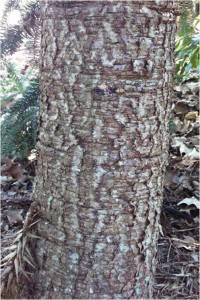
Figure 2. Closeup of the rough bark of Paraná pine.
Paraná pine is usually dioecious, meaning male and female flowers are borne on separate plants. Pollen cones are oblong, up to seven inches long and about one inch wide at the time of pollen release. Wind carries pollen to female plants bearing seed cones. Young female trees begin to set seed between 12 and 15 years of age. After pollination, seed cones mature about 18 to 36 months later, usually in fall. Seed cones are brown, globe shaped, 7 to 10 inches in diameter, and are usually found in the upper canopy of trees. Each cone holds about 100 to 150 two inch nut-like, narrowly winged seeds (Fig. 4). Cones fall when mature and break apart, dispersing seeds that germinate soon thereafter. Seeds are eaten by mammals and birds, thus also dispersing seeds.
This tree once covered vast areas of subtropical forests in southern Brazil and neighboring portions of Argentina and Paraguay. Native Americans gathered cones to harvest the seeds for food. European settlers recognized Paraná pine as an important timber tree and it was logged extensively through the 20th century. Paraná pine now is one of the rarest trees in Brazil and is considered critically endangered due to a declining population caused by habitat loss and exploitation. In recognition of the past importance of Paraná pine, this tree is the symbol for the Brazilian State of Paraná.
The seeds, locally called pinhões, are still a prized food in Brazil. The seeds are similar to large pine nuts and are eaten after roasting or cooking in salt water.

Figure 3. The triangular shaped needles of Paraná pine are stiff and extremely sharp.
Other common English names for Paraná pine are Brazilian pine and candelabra tree. Common Portuguese names for Araucaria angustifolia are pinheiro-do-Paraná, pinheiro, araucária, pinho, pinho Brasileiro, pinheiro Brasileiro, pinheiro são josé, pinheiro macaco, pinheiro caiová, pinheiro das missões, curi, and curiúva. Common Spanish names are pino blanco and pino de Missiones.
Despite the common names, Paraná pine is not a pine (Pinus spp.) and instead is related to the Monkey-puzzle tree (Araucaria araucana;), Bunya-bunya tree (Araucaria bidwillii;), and the Norfolk Island pine (Araucaria heterophylla;), commonly encountered in southern Florida.
Paraná pine is sometimes confused with China fir (Cunninghamia lanceolata;), another large conifer commonly encountered in old landscapes along the Gulf Coast and north Florida. China fir differs in having pointed needles, bright green coloring, and a broader, irregular pyramidal form.
Paraná pine prefers well drained, slightly acidic soil in sun or light shade. It grows best in a mild, warm temperate climate typical of USDA Cold Hardiness Zones 7-9, and can tolerate occasional severe freezes. Paraná pine transplants well: a tree at Gardens of the Big Bend (Quincy, FL) was moved by tree-spade after four years. Subsequent growth continued at the same rate as before moving. Pests and diseases have not been reported.
Seeds must be obtained fresh and are viable for only about six weeks. Typically, freshly harvested seeds are ordered from Brazil and planted soon after being received. Seeds germinate easily within three months of sowing (Fig. 5).
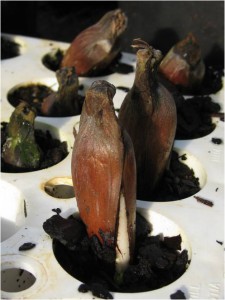
Figure 4. Seeds of Paraná pine are about two inches long.
As a “living fossil”, Paraná pine is prized for its unusual appearance, horizontal branching and dark green color. This evergreen conifer grows too large for most residential situations. Paraná pine is best used as an accent or conversation piece in arboreta, botanic gardens, parks, campuses, golf courses and other large-scale landscapes.
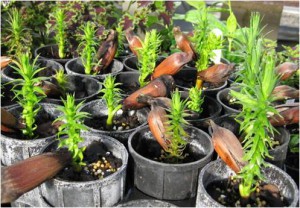
Figure 5. Although perishable, fresh seeds will germinate within three months of sowing.
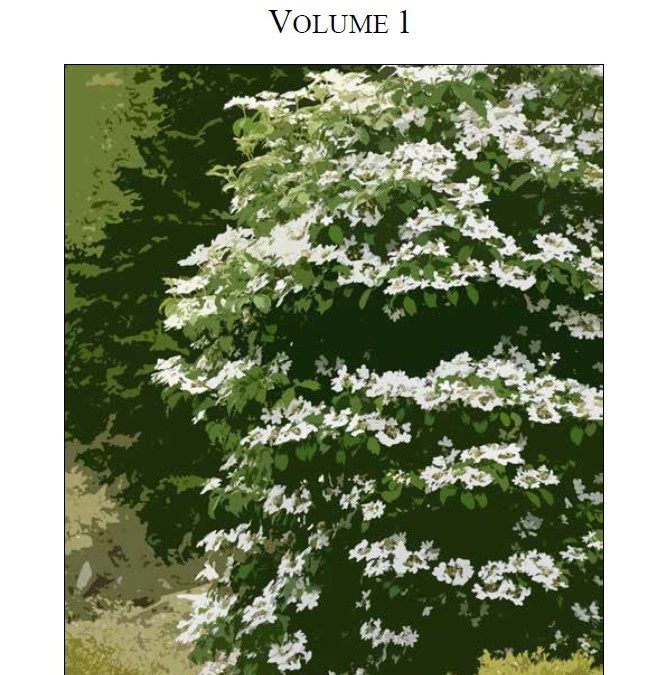
by Gary Knox | Aug 19, 2014
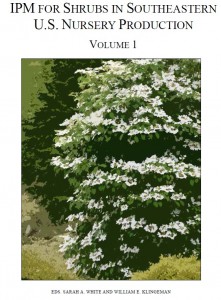 A new IPM guide is making it easier to grow five common southeastern shrubs. Growing five southeastern shrubs is now easier thanks to a free, new IPM resource from the Southern Nursery IPM Working Group.
A new IPM guide is making it easier to grow five common southeastern shrubs. Growing five southeastern shrubs is now easier thanks to a free, new IPM resource from the Southern Nursery IPM Working Group.
IPM for Shrubs in Southeastern U.S. Nursery Production is a compilation of Integrated Pest Management (IPM) information for five major shrubs in nursery crop production in the southeast. This 175 page book covers sustainable management for insects, mites, diseases, and weeds for these shrubs, as well as nursery production information. This IPM resource was developed for nursery growers although professional landscape managers and collectors of these plants also will find the information valuable.
Individual chapters cover abelia (Abelia spp.), camellia (Camellia spp.), shrub rose (Rosa spp.), blueberry (Vaccinium spp.) and viburnum (Viburnum spp.). Each chapter provides comprehensive information on the species, primary cultivars and their nursery production. Major pests, diseases, weeds and abiotic disorders are presented for each genus along with sustainable management methods and tables listing labeled pesticides and fungicides by mode of action and site. An additional chapter discusses weed management in shrub production. Future volumes covering additional shrubs are anticipated.
Edited by Clemson University’s Sarah A. White and University of Tennessee’s William E. Klingeman, this free guide was developed by the Southern Nursery IPM Working Group, including University of Florida NFREC’s Gary Knox and Mathews Paret. The award-winning, multi-disciplinary group is composed of experts from universities across the southeast. This group formed in 2008 to develop and deliver educational programming to the southern U.S. nursery industry and Extension personnel. The team recently won the 2014 Bright Idea Award from the Friends of Southern IPM and Southern IPM Center.
This resource joins the tree IPM book previously released by this group, IPM for Select Deciduous Trees in Southeastern US Nursery Production. The tree IPM book is similar to the new resource in that it contains IPM information for insects, mites, diseases, and weeds of nine major tree crops as well as production information. Individual chapters cover birch (Betula spp.), cherry (Prunus spp.), crapemyrtle (Lagerstroemia spp.), dogwood (Cornus spp.), chinese elm (Ulmus parvifolia), magnolia (Magnolia spp.), maple (Acer spp.), oak (Quercus spp.) and redbud (Cercis spp.).
Both books can be downloaded free through iTunes (http://www.apple.com/itunes/) or each chapter is available as a free pdf through the Southern Nursery IPM Working Group website, http://wiki.bugwood.org/SNIPM. A limited number of hardcopy books were printed and distributed to authors. Thanks to the Southern Region IPM Center for their generous support to make this resource possible!
by Gary Knox | Jul 21, 2014
Burgundy-leaved crapemyrtle is one of the most exciting breeding accomplishments in years. Unlike previous selections, many new crapemyrtle cultivars have leaves that retain dark burgundy coloration from spring budbreak through fall leaf drop. These plants add bold leaf color to a plant already known for its flower power.
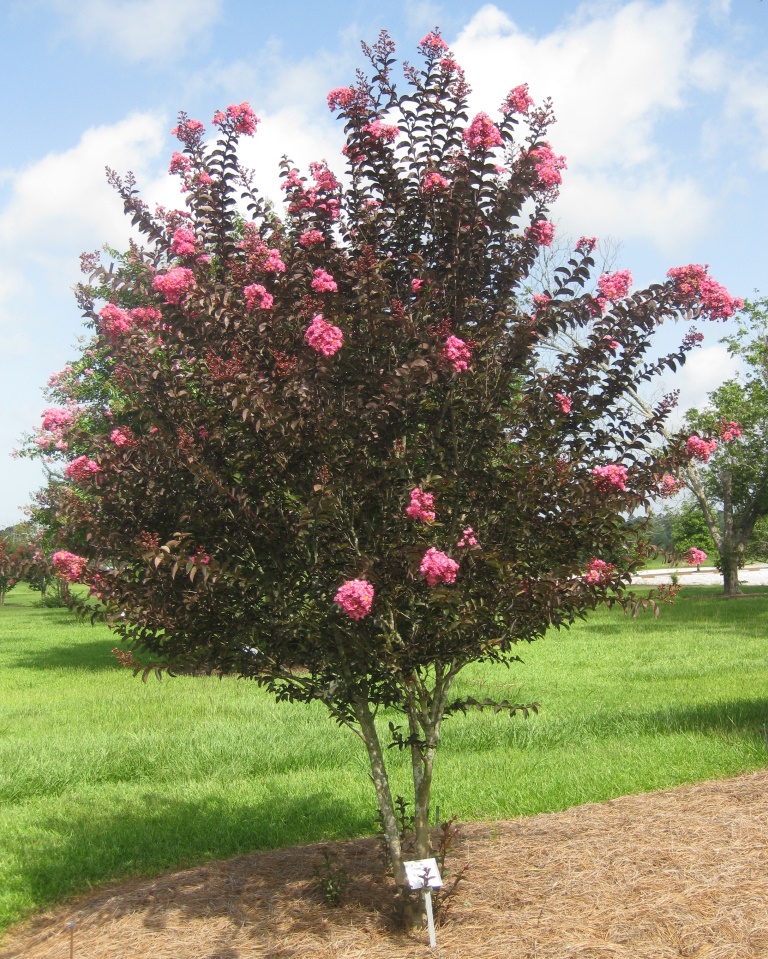
Delta Jazz™ was the first crapemyrtle with burgundy-bronze leaves all summer long. Photo by Gary Knox
As is typical of many new plant introductions, the new crapemyrtles are grouped and sold in series, most of which are patented and/or trademarked. Delta Jazz™ was the first crapemyrtle with burgundy-bronze leaves all summer long. This year Delta Jazz™, with pink flowers, is being joined by Delta Eclipse™ (purple flowers). Future years will see Delta Breeze™ (lavender flowers) and Delta Flame™ (red). All have burgundy to bronze leaves from spring through fall and are expected to be mid-size, maturing at heights of 8 to 12 feet.
Another new series with burgundy leaves confusingly is being sold under two names: the Ebony series and the Black Diamond™ series. ‘Ebony & Ivory’ features white flowers that contrast nicely with dark burgundy leaves on red stems. ‘Ebony Embers’ has red flowers on plants with dark burgundy leaves on purple stems. ‘Ebony Fire’ has flowers that are bright red and its leaves are medium burgundy. ‘Ebony Flame’ has dark red flowers and dark burgundy leaves. Finally, ‘Ebony Glow’ is named for its blush white flowers on dark red stems with dark burgundy leaves. These selections are also sold as Black Diamond™ Pure White, Black Diamond™ Red Hot, Black Diamond™ Crimson Red, Black Diamond™ Best Red and Black Diamond™ Blush, respectively. All are expected to grow 8 feet or more in height (regardless of the name!).
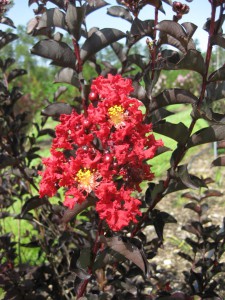
‘Ebony Fire’ is a new crapemyrtle with burgundy leaves and bright red flowers. Photo by Gary Knox
The First Editions® Magic™ series of crapemyrtles includes two new selections with burgundy leaves. Moonlight Magic™ has the darkest burgundy leaves I’ve seen so far. Flowers are white and the burgundy leaves are glossy and narrow on a plant expected to grow to a height of 8 to 10 feet. Maturing at 4 to 6 feet, Midnight Magic™ has leaves that are a dull burgundy while flowers are dark pink. Note that other cultivars in the First Editions® Magic™ series (‘Coral Magic’, ‘Plum Magic’, and ‘Purple Magic’) have green leaves.
These cultivars are too new to know how well they will perform in north Florida and the Gulf Coast. The best place to view these cultivars side by side is at the LSU AgCenter, Hammond Research Station, in Hammond, LA. There, Dr. Allen Owings has developed a beautiful garden where he is evaluating crapemyrtles and many other plants. For more information and to read Dr. Owing’s comments on new crapemyrtles, visit http://www.lsuagcenter.com/en/our_offices/research_stations/Hammond/.
All these new cultivars will have the brightest burgundy leaf color when plants are grown in full sun (at least 6 hours of direct sun each day). Any amount of shade will likely result in pale burgundy or burgundy-green leaves, as well as reduced flowering and growth. As with other crapemyrtles, these new cultivars are tolerant of drought, heat, rain, humidity and all but wet soils. When buying crapemyrtle, place the plant in a location where it can grow to its full height without the need to prune it regularly. After planting, sit back and enjoy these crapemyrtles’ bold burgundy foliage as well as the abundance of colorful flowers!
1Extension Specialist and Professor of Environmental Horticulture, University of Florida/IFAS, North Florida Research and Education Center, Quincy, Florida. gwknox@ufl.edu.
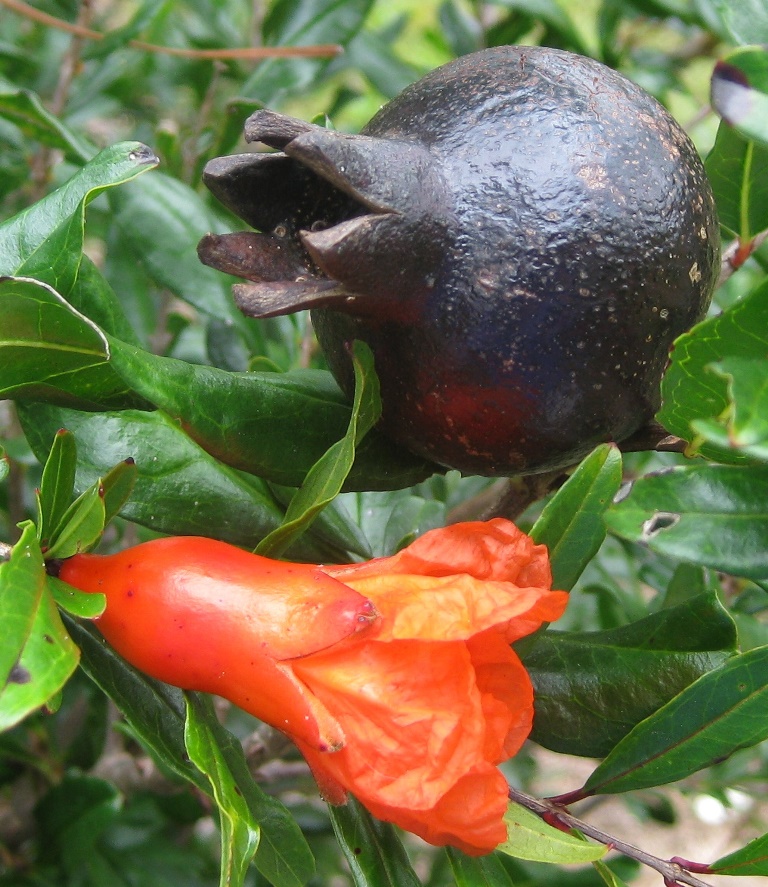
by Gary Knox | Jun 17, 2014
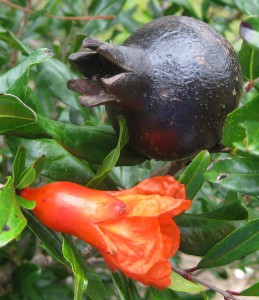
Orange flowers and purple fruits often occur on Purple Sunset pomegranate at the same time, producing a colorful display. Photo by Gary Know, UF IFAS.
Purple Sunset is a new ornamental cultivar of pomegranate, Punica granatum. Purple Sunset pomegranate is distinguished from fruiting pomegranate by a bushy, compact habit and numerous flowers followed by small, ornamental, purple-black fruit.
Native to southeastern Europe and Asia, pomegranate has long been grown for its edible fruits. Horticulturists recently recognized its ornamental qualities and began selecting pomegranate for form, flowering, and ornamental fruits. ‘PIIPG-1’ is a cultivar selected from open-pollinated seeds of Punica granatum ‘Nana’. Trademarked as Purple Sunset, this cultivar has a bushy, compact growth habit. Although promoted as a dwarf form that grows only 3–4 feet, plants in north Florida (USDA Cold Hardiness Zone 8b) have grown significantly larger, approaching 6 feet in height 3 years after planting. Purple Sunset pomegranate may be used in the landscape as a specimen plant or hedge.
Leaves of new growth are red-tinged, becoming glossy green throughout summer, and turning yellow to yellow-green in late fall before dropping in early winter. Large two-inch orange flowers occur on new growth throughout summer and fall. The orange flowers develop into inedible, shiny, purple-black fruit up to three inches in diameter. Orange flowers and purple fruits often occur on the plant at the same time, producing a colorful display. Fruits persist into winter, adding interest to the leafless shrub, before eventually falling. Wildlife may eat the tough, seedy fruits, but this has not been documented.
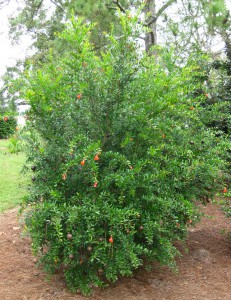
Purple Sunset pomegranate in North Florida. Photo by Gary Knox, UF IFAS.
Culture of Purple Sunset pomegranate is similar to fruiting pomegranate. This plant is hardy in USDA Cold Hardiness Zones 7–10. It grows best in full sun to part shade on deep, loamy soils but is adapted to all but alkaline soils. Pomegranate is somewhat drought tolerant once established. Hedged plants should be pruned in late winter before new spring growth. Leaf spot and fruit blotch, diseases of fruiting pomegranate, may also affect Purple Sunset, but these problems have not been noted in the landscape.
For more information:
The Pomegranate















